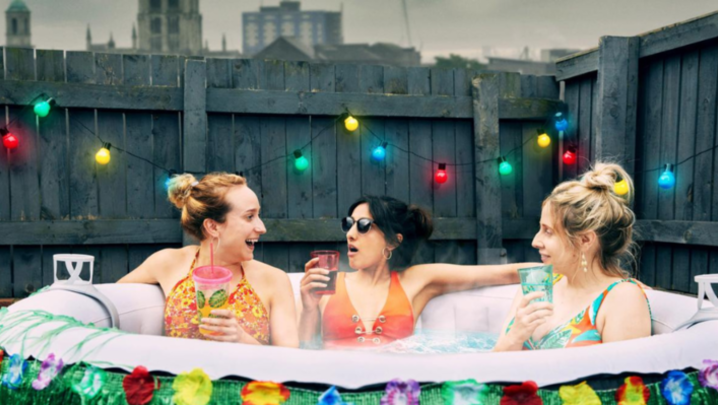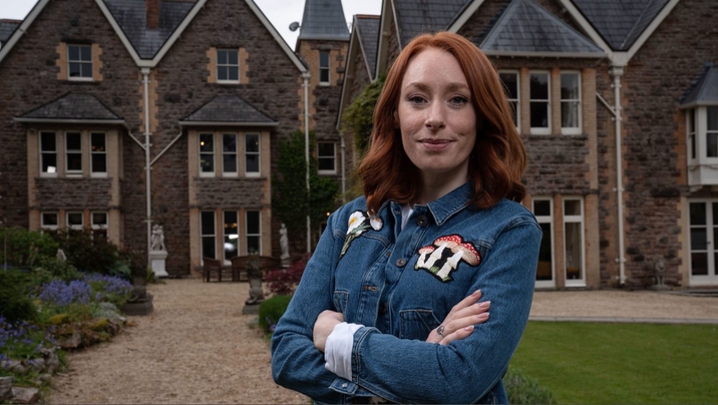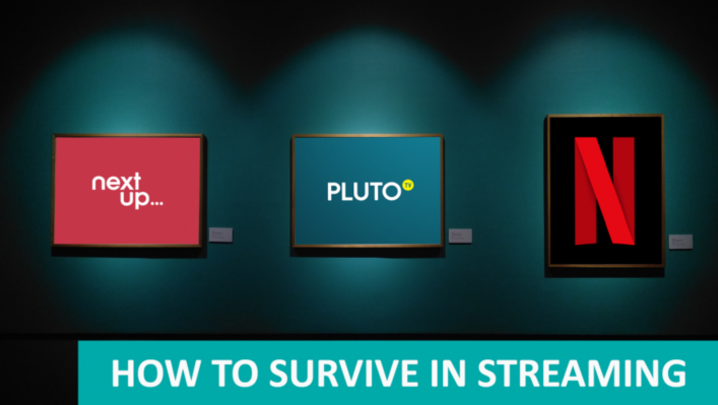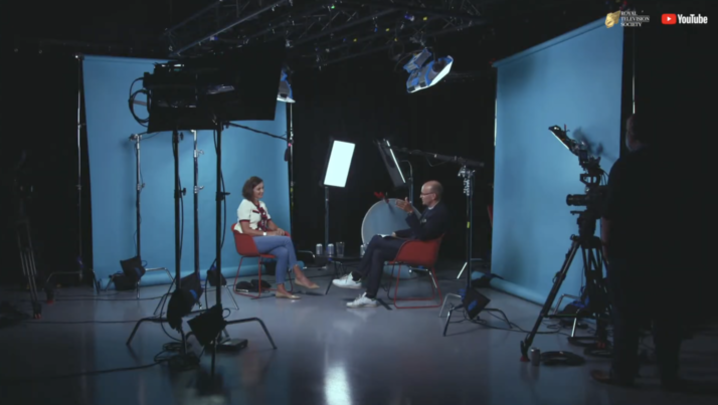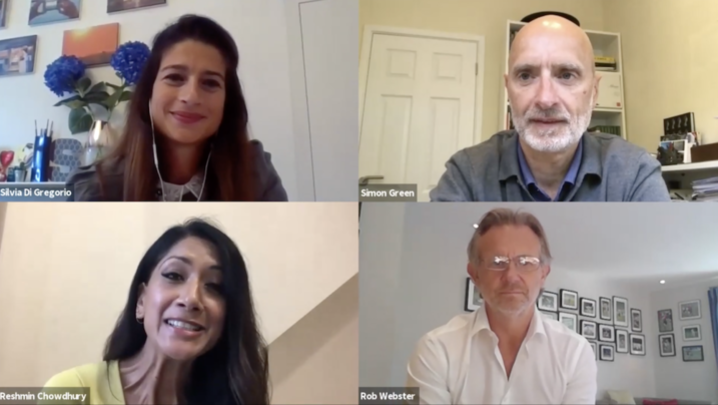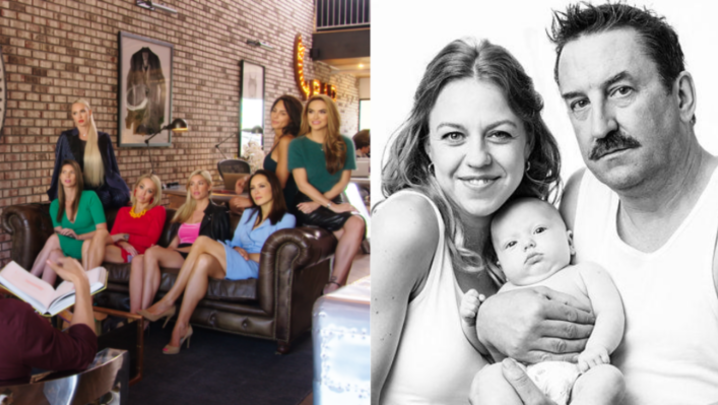The coronavirus lockdown is bringing people back to television, even younger viewers whom, it was widely thought, had abandoned it for good.
“People are spending much longer in front of TV sets,” Justin Sampson, CEO of ratings body Barb, told an RTS Zoom event in early June.
During the first nine weeks of the lockdown, people spent an average of 5 hours 7 minutes in front of the box, 33% more than during the equivalent period in 2019. These are “the kind of levels you’d normally see at Christmas”, said Sampson.
Viewing of Barb-reported channels – which doesn’t include unidentified viewing: the SVoDs such as Netflix; gaming; YouTube; or overseas satellite channels – has risen by 18%.
A poll of the audience watching the RTS event revealed that almost two thirds thought the most surprising viewing story to come out of lockdown was the rediscovery of linear TV.
Unidentified viewing, though, has increased too – to almost 30% of all TV set usage. “This is a significant step-change on what was an increasing trend anyway,” said Sampson. Among younger viewers during lockdown, unidentified viewing accounts for more than half of all their time in front of the television.
Audiences for news programmes have grown across all age groups. “There’s an enormous amount of viewing of news programmes among older people,” said Sampson, “but there are some very encouraging growth figures in younger audiences.”
Digital UK, the organisation that runs Freeview, carried out a survey into attitudes to broadcasting a month into lockdown. “TV is still seen as the most important medium for information by all [age] groups,” said its CEO, Jonathan Thompson.
Public service broadcasting is highly valued, the survey found. “There had been this narrative emerging that anyone under 30 was completely disengaged with public service broadcasting, but both the viewing behaviour during the lockdown and the attitudinal evidence we’re seeing in our research highlight that’s not true.”
Among 16-34 year olds, he added, “two-thirds are saying that they are relying on the public service broadcasters (PSBs) for news and information, and that they trust them much more than other providers”.
The same group also values universality, with 90% supporting a “free TV service”.
Martin Greenbank, head of advertising research & development at Channel 4, revealed that Channel 4 News “has gone pretty much through the roof for all audiences”. In the 16-34 age group, he said, “it has doubled its reach”.
“Established” shows, he added, were doing particularly well: “Gogglebox is doing the biggest numbers it’s ever done, both on overnight and consolidated [figures].” Other programmes proving popular during the lockdown include The Great Celebrity Bake Off and Friday Night Dinner.
“At the BBC, we’re seeing record audiences in linear and across iPlayer,” said Rachel Shaw, the corporation’s head of content portfolio, audiences.
“Since lockdown, we’ve seen one billion iPlayer requests,” she added. Initially, this was driven by people’s thirst for news; now drama is the spur, with Killing Eve and Normal People the most popular series.
People are watching TV in groups more during the lockdown, she said, previously “co-viewing” was the preserve of big sporting events and entertainment show finales. Now, this extends to programmes “across the board”, including The Repair Shop and Normal People.
Looking to the post-lockdown broadcasting landscape, Barb’s Sampson hoped young audiences continue “relying on public service broadcasters for news”.
He added that the rise in unidentified viewing has been “more significant than I would have estimated. From the data we’re starting to see, we think the SVoD services are instrumental in that.”
“For us it’s a massive opportunity,” added Shaw. “Young people are coming back to the BBC in enormous numbers. It’s beholden on us to… offer them content that is meaningful to them.”
Digital UK’s Thompson took another “positive” from the lockdown: “It’s reminded us all what public service broadcasting is there for.
“I hope all the PSBs remind themselves of the importance of their organisations to viewers … One of the things they’ve done brilliantly is to respond quickly to events, to feel live and connected and part of the community, which is very hard for a Netflix to do as a global broadcaster.”
The RTS online event ‘Lockdown viewing’ on 4 June was chaired by the media commentator Kate Bulkley, and produced by Liz Reynolds and Keith Underwood. A full report will appear in the July issue of Television.


